Hyojababe (효자바베)
744.9M 2021-03-22
42, Jahamun-ro, 1-gil, Jongno-gu, Seoul
+82-70-8749-0019
A restaurant frequently featured in Korean delicious food programs. This BBQ restaurant is located in Jongno-gu, Seoul. The most famous menu is grilled Korean beef.
Jeongdong-gil Road (정동길)
744.4M 2024-06-19
2-1 Jeongdong-gil, Jung-gu, Seoul
Jeongdong-gil Road is one of Seoul's most famous walking paths, stretching from the intersection in front of Jeongdong Church to Saemunan-gil Road. The street holds importance in Korea's modern history, with the surroundings serving as a living museum of this. During the Joseon dynasty, the area developed into a residental space for distant members of the royal family, with a palace and royal tombs in the area. In 1999, the pedestrian walking area was expanded by turning the two-way road into a one-way road. Since then, the road has earned many awards and honors.
Africa Museum of Art (아프리카미술관)
745.5M 2022-10-26
24-1, Samcheong-ro, Jongno-gu, Seoul
+82-2-730-2430
The Africa Museum of Art was established with the purpose of hosting various art festivals and providing the grounds for researching various art themes. A major principle of the gallery is to promote works of art that actively attempt to explore the human mind.
Korean Craft & Design Foundation Gallery Shop (KCDF 갤러리숍 공예정원)
749.2M 2021-07-08
8, Insadong 11-gil, Jongno-gu, Seoul
+82-2-733-9041
The Korean Craft & Design Foundation Gallery Shop displays and sells high-quality Korean handicrafts, stamped with the UNESCO Seal of Excellence for Handicrafts. The shop possesses handicrafts by renowed master craftsmen and artists. Crafts have both practical and decorative uses.
Insa-dong (인사동)
750.9M 2024-05-17
62, Insadong-gil, Jongno-gu, Seoul
+82-2-734-0222
Insa-dong, located in the heart of the city, is an important place where old but precious traditional goods are on display. There is one main road in Insa-dong with alleys on each side. Within these alleys are galleries, traditional restaurants, teahouses, and cafes.
The galleries are the heartbeat of Insa-dong. There are about 100 galleries in the area offering every example of traditional Korean fine art from paintings to sculptures. The most famous galleries are Hakgojae Gallery, which functions as the center of folk art, Gana Art Gallery, which promotes many promising artists, and Gana Art Center.
The teahouses and restaurants are the perfect complement to the galleries. They are hidden deep within the twisting alleyways, making it feel like a treasure hunt. The shops in Insa-dong are very popular among all age groups, because each one is unique.
Every Saturday from 14:00 to 22:00 and Sunday from 10:00 to 22:00, the main street is blocked to vehicular traffic and it becomes a cultural space. Stores set up booths outside and Korean candy merchants and fortune teller stalls can easily be found; there are traditional performances and exhibits as well. Insa-dong is especially popular among international tourists. This is where they can experience and see traditional Korean culture first-hand, and also purchase pieces of fine art.
The Hanok Smith Likes (스미스가 좋아하는 한옥)
751.6M 2024-03-11
22-7 Samcheong-ro, Jongno-gu, Seoul
+82-2-722-7003
The Hanok Smith Likes is a restaurant located near Gyeongbokgung Palace, housed in a renovated hanok. It offers a fusion of Korea's traditional beauty with Italian cuisine. Specializing in oven-baked pizza and pasta, it also features a variety of Italian dishes. The oven-baked pizzas are particularly popular, known for their chewy crusts and generous toppings. In 2023, it was selected for the Michelin Guide Seoul.
Donjon Chamnamu Jangjakgui (돈존참나무장작구이)
751.7M 2021-03-19
8, Jong-ro9-gil, Jongno-gu, Seoul
+82-2-730-2700
A smoked BBQ restaurant. The representative menu is grilled duck. This Korean cuisine is located near Jonggak Station, Seoul.
Jonggak Hanu (종각한우)
751.7M 2021-03-19
8, Jong-ro 9-gil, Jongno-gu, Seoul
+82-2-733-5613
A barbecue specialty restaurant located in Jongno, Seoul. The most famous menu is assorted grilled Korean beef cuts. A restaurant that's open for group dinners.
Donuimun Museum Village (돈의문박물관마을)
753.9M 2024-07-22
14-3 Songwol-gil, Jongno-gu, Seoul
Donuimun Museum Village is a historical and cultural space situated in the city center reborn through Seoul-style urban generation while still maintaining its historical value as the first village within the western gate of Hanyangdoseong as well as the lives and memories from the city's modern and contemporary era.
Together with the neighboring area surrounding Gyonam-dong, Jongno-gu, Donuimun Museum Village was selected for inclusion in the "Donuimun New Town" in 2003 for which all of the existing buildings were to be torn down to construct a neighborhood park. But the city of Seoul had another plan in mind; it wanted to maintain this small village, where the old lives and memories are still well-preserved, as a village museum to not only spread the historical significance of Saemunan Village, the first neighborhood within the western gate of Hanyangdoseong (the Seoul City Wall) but also establish the village as a historical and cultural asset for all Seoul citizens. The village was remodeled while keeping the buildings as untouched as possible and, in a few sites where houses had been torn down, broad yards were created. As a result, the warm and affectionate appearance of the village including modern structures, urban-style hanok, and streets with 100 years of history still remain today in their original places to be reborn as a place of new culture enjoyed and experienced by citizens.
Today, Donuimun Museum Village welcomes visitors with a new concept, "100 Years of Seoul, Time Travel Playground in the City." The village has undergone a significant overhaul to fill itself with "participation-style" spaces and contents where exhibits, experience sessions, performances, and marketplaces are held year-round while keeping 40 or so existing buildings intact in order to solidify its identity as a "living museum village," which is the original intention behind the village's creation.
Olive Young - Jonggak Branch [Tax Refund Shop] (올리브영 종각)
753.4M 2024-04-18
45, Sungkyunkwan-ro 6-gil, Jongno-gu, Seoul
-
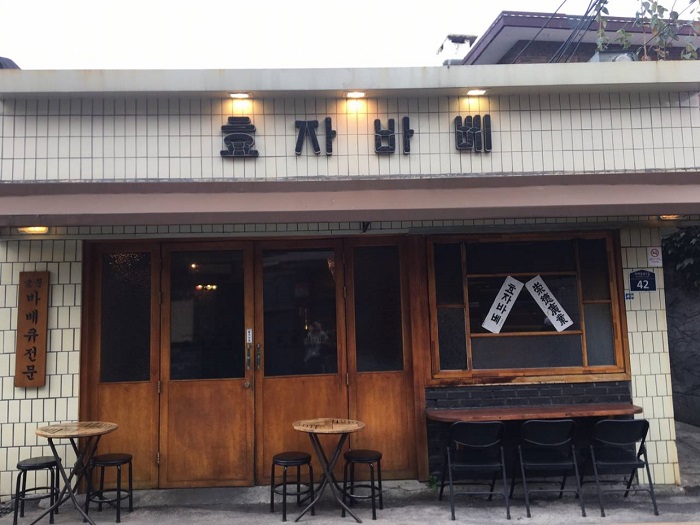
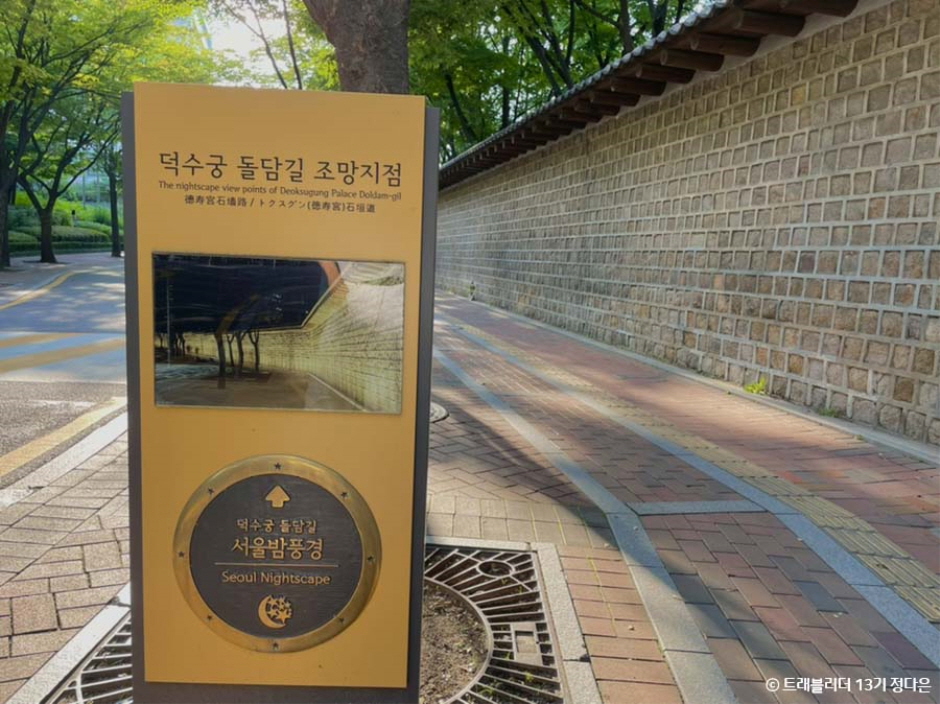
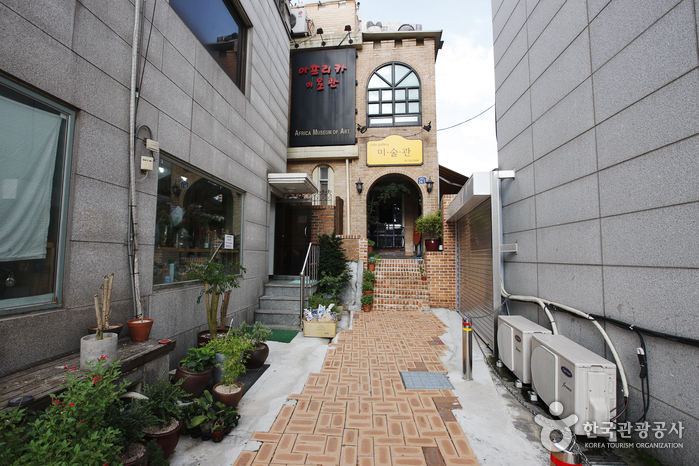

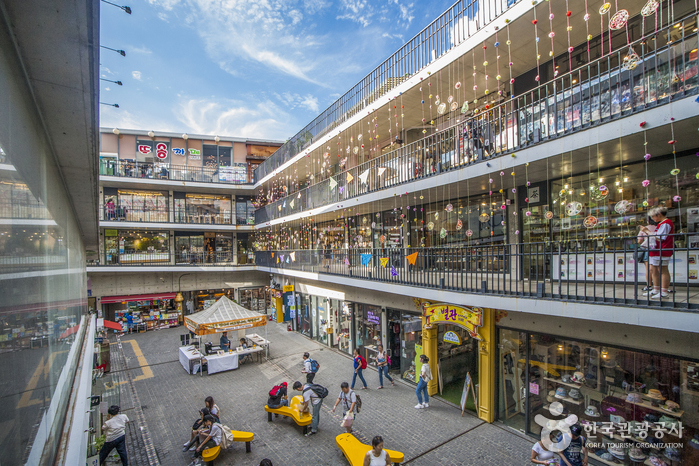
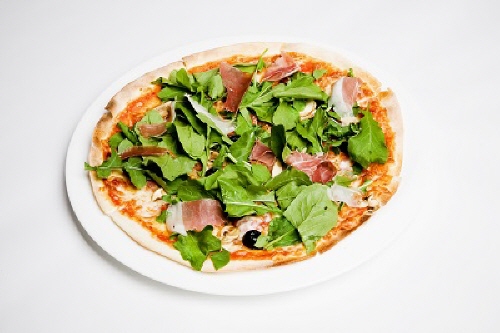
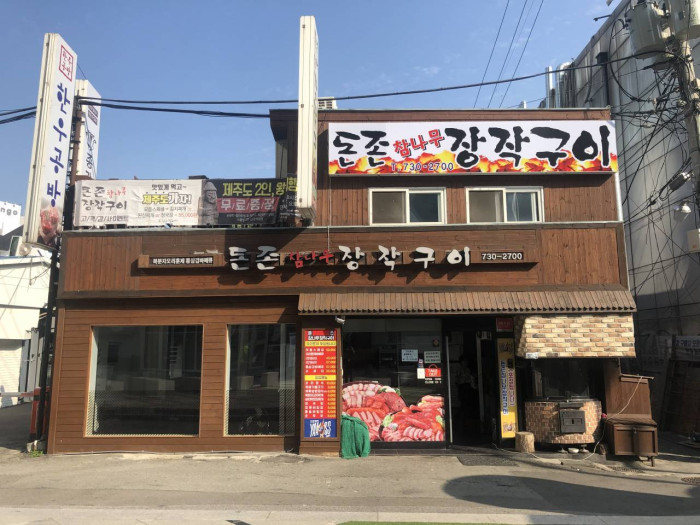
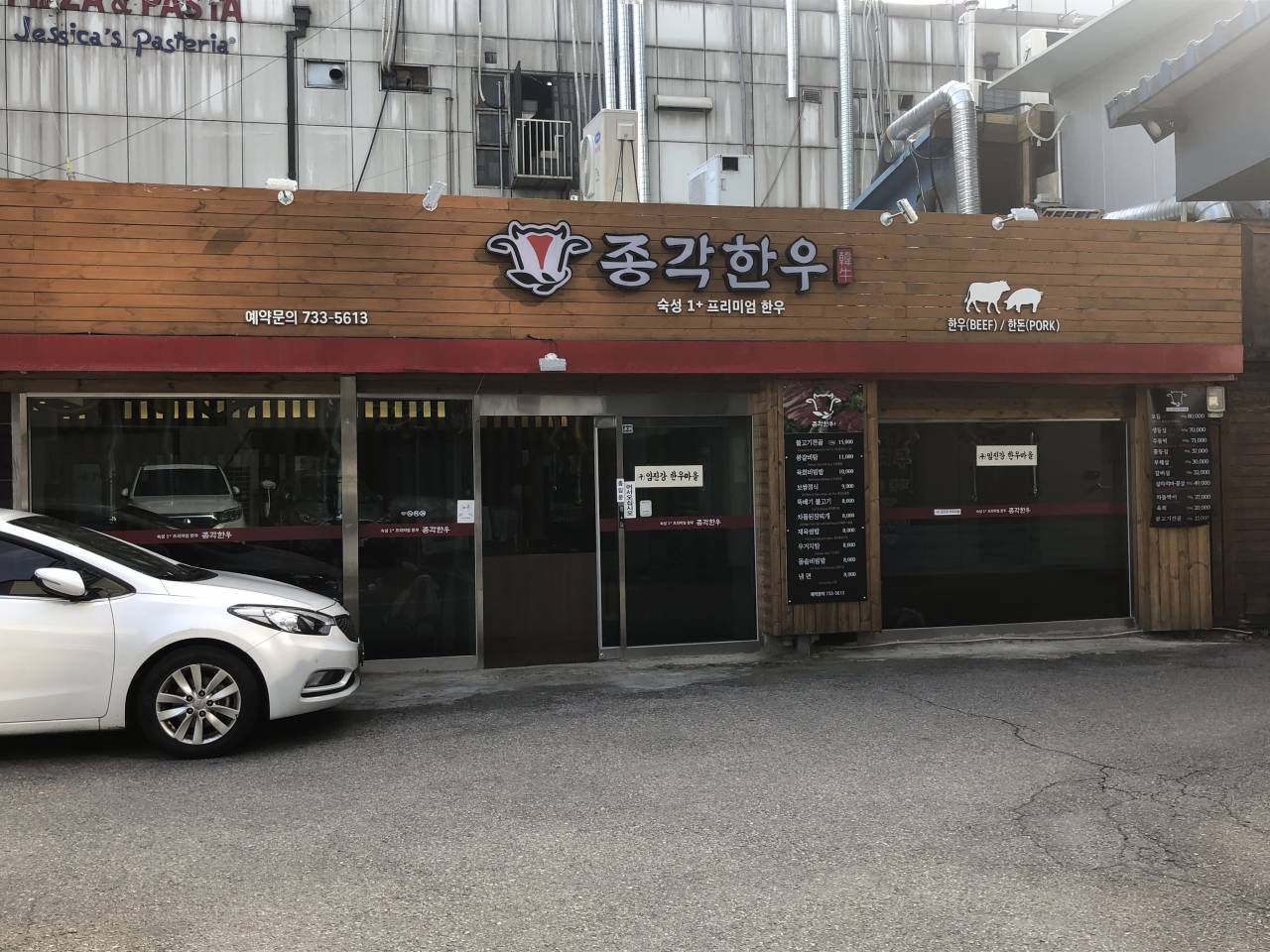
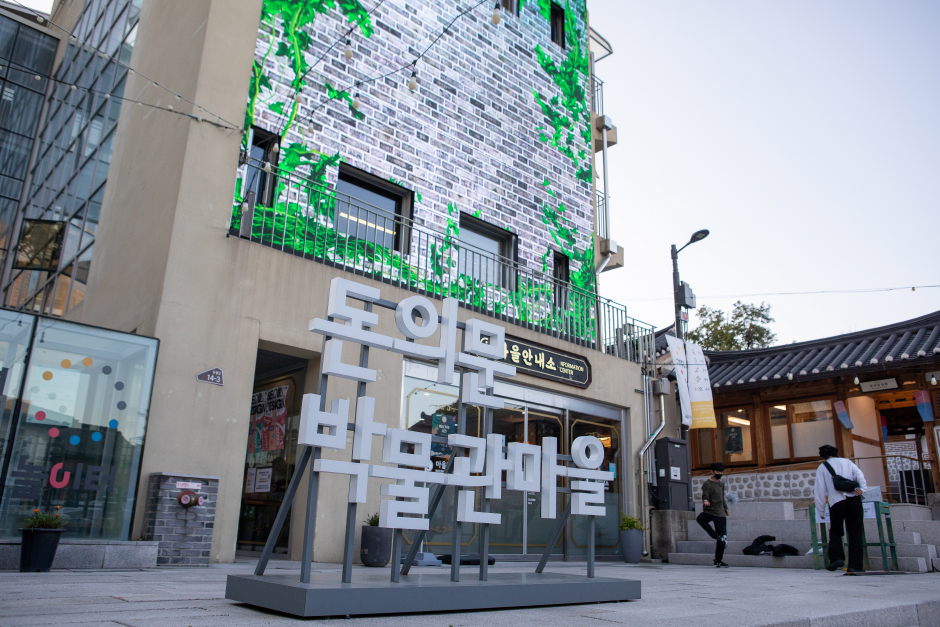
![Olive Young - Jonggak Branch [Tax Refund Shop] (올리브영 종각)](http://tong.visitkorea.or.kr/cms/resource/24/2878224_image2_1.jpg)
 English
English
 한국어
한국어 日本語
日本語 中文(简体)
中文(简体) Deutsch
Deutsch Français
Français Español
Español Русский
Русский